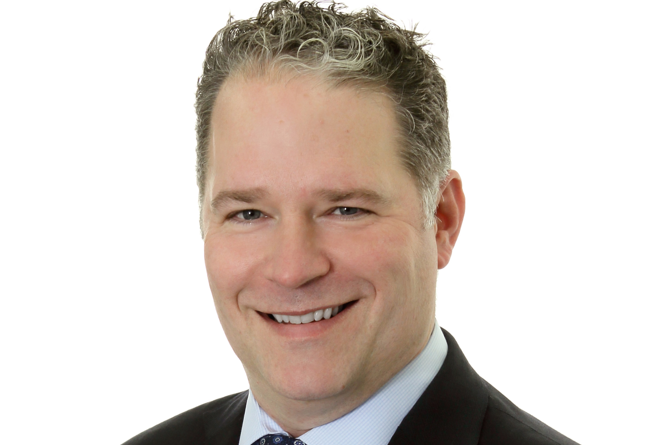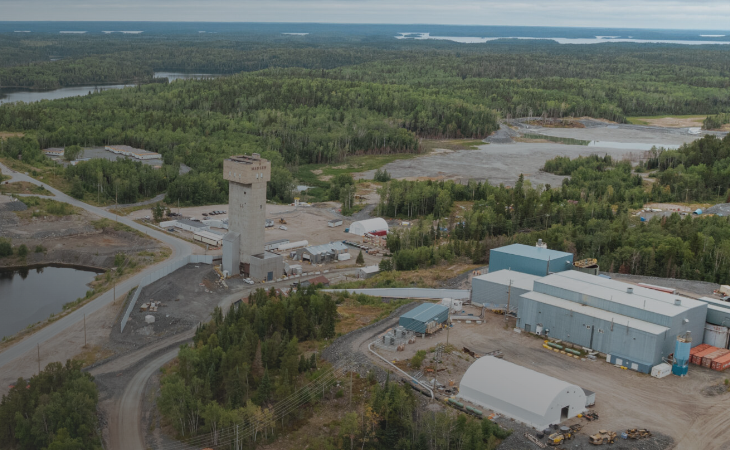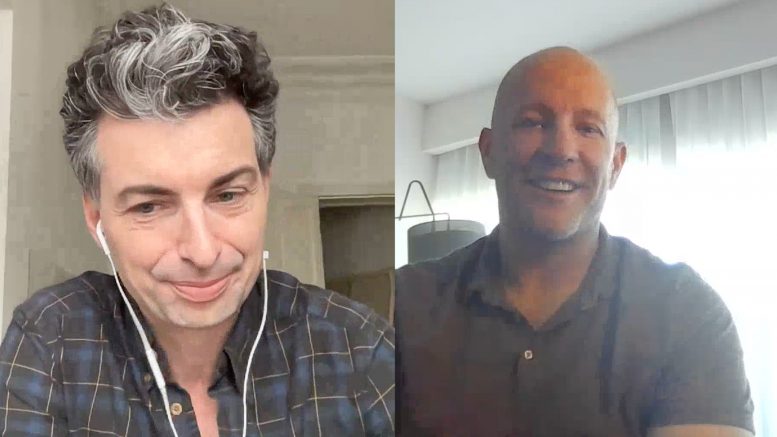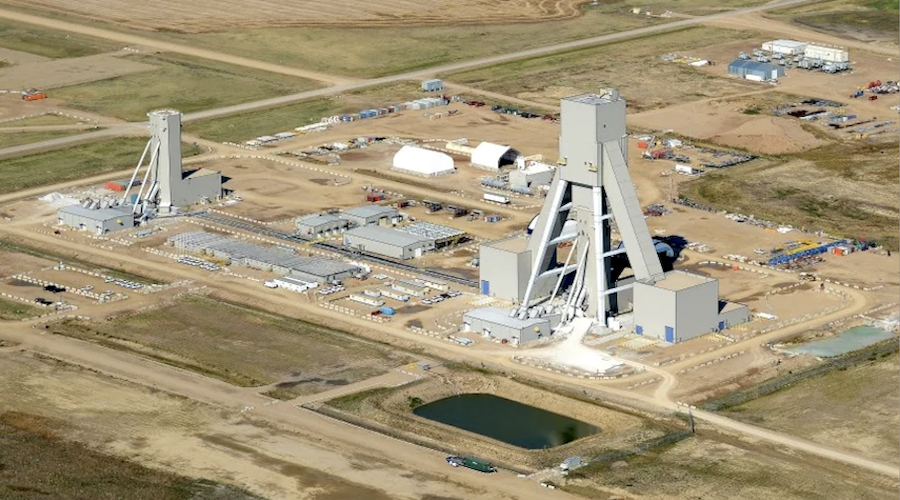Fission Uranium (TSXV: FCU) has been one of the few exploration companies that has excited investors this year. As a result, it's seen its share price nearly triple. Following Denison Mines’ (TSX: DML; NYSE-MKT: DNN) buyout of its predecessor company Fission Energy in January, and Denison's spinout of Fission Uranium in April, the company and its partner Alpha Minerals (TSXV: AMW) have been on a roll at their 50:50 Patterson Lake South (PLS) uranium joint venture in Saskatchewan’s Athabasca basin. Northern Miner staff writer Matthew Keevil recently interviewed Fission chairman and CEO Dev Radhawa to get the lowdown on the company’s exploration success at PLS -- and rumours that another takeover could be imminent.
Matthew Keevil: I wanted to start off with a bit of colour on the Denison Mines' deal, and just how it came about that you were able to hold onto the Patterson Lake assets?
Dev Radhawa: The truth is we had been talking to Denison about selling our entire company. We had actually come to handshakes on a deal, but as with a lot of deals in this business it is a strange story.
November 2nd was actually a Friday, and I fly in early to see (Lukas Lundin) and (Ron Hochstein), and we came to an agreement on a deal that would have seen us sell everything except for our Peru assets; just so we could stay trading. Well, I take the late flight to Hong Kong, and when I land I have an email from Ross saying: 'We can't sell. We just hit.'
So I had to make that frightful phone call back to Denison, and I felt terrible about it because I don't think there is anyone on the Street with as much integrity as Lukas Lundin. It is really a class act they have over there at Denison.
MK: So the deal had been ironed out right down to the pricing on Fission's entire asset base?
DR: We had the details worked out. I think we were trading at around 35¢ and would have received around 70¢ out of the deal. The numbers worked at the time, but our stock just ended up blowing right through that following the PLS discovery. I said, 'If it's a one-hole wonder the deal is likely back on,' but all four holes hit and we were off to the races again.
MK: I think you're running at around a 92% success rate on your drill holes at PLS: what exactly has allowed Fission to achieve such a high rate of exploration success?
DR: Well we have a shallow deposit at PLS, and since there are boulders in the area you can fly it with geophysics. The biggest thing, however, is our use of radon gas surveys.
So we use three different technologies to narrow down where we are going to drill. We're flying surveys to identify the conductors, then you turn to resistivity to pinpoint the alteration, and lastly, you use radon gas to find out exactly where to go.
We know all uranium comes from graphitic conductors, but not all graphitic conductors host uranium. So how do you identify these targets? Well, you have to find the alteration rock, and since we conduct our radon gas surveys in winter, the shallow water in Patterson Lake is actually frozen. That way the gas has limited places to go, which helps limit those false anomalies. That's really allowed us to make these discoveries with a lot less drill density than you'd need on the eastern side of the Basin.
MK: And you've acted as operator on your Athabasca joint ventures to date, what makes Fission's technical team so effective?
DR: We're very blessed to have fantastic people. The key guys here, I think, are (Ross McElroy) and his partner Ray Ashley. Ray is just a very fine geophysicist, and this is the second time they've done it. There have only been four major uranium discoveries in Athabasca in the past 20+ years, and two of those were made by Ross. He was actually involved in (Cameco’s [TSX: CCO; NYSE: CCJ]) McArthur River as well. So when he's been in charge he's been able to have that success, and I don't think it could happen to a better guy.
I think it does get lost sometimes that we're the operator on all our projects, and we have a crew of around 14 people out there.
MK: There is already some buzz about Fission being bought out for the second time in under a year, is there any movement on that front?
DR: Honestly, I almost feel like it is too early to sell, but there are just too many rumours out there surrounding who is going to buy us, and I think that shows in our stock price. I'd like to keep drilling, but that's not a choice for me; it's a choice for our shareholders. If someone walks up to you and offers a 55% premium then you take that to the shareholders and let them decide. And I'd say in the market we're currently operating in, that's especially important.
For me, I'd love to keep drilling and hit a few more holes; I think it could double the return in the end. And there are a few juicy radon anomalies I really want to see results on.
MK: So you have had some preliminary talks with potential parties?
DR: From our perspective I'd like to see a healthy auction for the asset. I know two groups that like it, and Cameco has actually had some positive feedback as well. I think people realize it is a very unique asset where they call it an 'up-down project', which speaks to its open pit potential and the fact you do not have to go underground right away.
That being said, we're gambling types, and I'd like to see what we can do with our current drill program. At the same time, I recently met with our major shareholders in Toronto, and again, if the right offer comes along we're ready to go.
MK: You recently filed a patent application for your “System and Method for Aerial Surveying or Mapping of Radioactive Deposits.” What other prospects are on the horizon for Fission in the Athabasca Basin?
DR: Well, we staked the land directly south of PLS — called our Clearwater project — and I could not believe no one had grabbed that. We also have Patterson Lake North (PLN), where we recently finalized a joint venture with Ted O'Connor and Ian Stalker at Azincourt Uranium (TSXV: AAZ). We're actually flying a VTEM program at PLN this summer, as well as a few other areas. I guess when you make a discovery like this, you have to rethink a few things. Keep in mind that everyone was so focused on the Cigar Lake area, but what we call the Athabasca Basin today is different than what it has been historically. It's really opened our eyes with the geophysics, and though we're not giving anything away, we are flying a lot of areas.
MK: Why do you think it took explorers some time to break into these new parts of the Athabasca Basin?
DR: To be honest with you, I found Cameco quite difficult to deal with. They were so very entrenched in the area, and I think that gets into the corporate culture a little bit. You have to remember they were a government entity before, and I think that comes with different ways and methods of doing business. They were not very active on the exploration side, and, in fact, let a lot of the staff and technical people on that side go. That actually worked out well for us since they didn't stake a lot of this land and it was available for companies like ourselves more interested in expanding the region’s exploration potential.
A lot of the ideology in the Basin came from Cameco, and as much as I like what they have done, I would say that stunted discovery rates quite a bit. Though I think they are becoming a bit more entrepreneurial, if you look at their bid for Hathor Exploration and Roughrider.
MK: Uranium prices remain fairly depressed, what is your view on a potential market recovery?
DR: I've been a bit shocked with spot uranium prices recently. I believe what it is really going to take is the Japanese to turn back on, and now that Prime Minister Shinzo Abe controls both sides of the House there, I think he will be able to pull it off. Once those reactors are back on, I think it will clear that mental barrier we've been dealing with.
MK: Anything to report on potential acquisitions or takeovers Fission may be involved in on the buy side?
DR: We are looking at a couple acquisitions ideas. We get them every day because, let's face it, a lot of companies are broke. That's one of the reasons we’re flying various areas; to identify specific takeover targets. We need a good, economic reason to pull the trigger, but we'd certainly like to pick something up. Since we have our proprietary geophysics technology, we can fly a lot of those areas other companies aren't able to fly.
We'll definitely be staying in the Athabasca though. The problem with the U.S. is permitting. You see some of these companies continually having their permitting extended by six to twelve months and that's a killer. In my view, it is just a profit grab; governments have no problem going after mining companies these days.
MK: You started the year with around US$13 million in working capital, is there any plans to raise additional funds moving forward?
DR: We just turned down another financing. I mean these things are coming in literally every day, but we don't want them. The reason is the stock is trading like it wants to continue to go higher, and to me it doesn't make a lot of sense. The moment you do a funding, you put that cap on your shares, and it takes a while to break through that. Hopefully we can continue to keep up with the drill success and drive our share price up. The other thing to remember is it’s important that we complete financings in tandem with Alpha Minerals, or else we just end up hurting each other.
MK: Would you label Fission a uranium project generator? And what do you think it takes to execute that sort of business effectively?
DR: I would say that's a good classification. If you know what to look for, staking land is very cheap. For example, we staked Waterberg for around US$100,000 and sold half of it for US$15 million, and the entire project eventually sold for US$110 million. I think that's the way it should be done.
Again, a lot of it comes down to keeping good people involved. We take very good care of our team, and you have to give everybody that chance I think. Another thing when you're looking at developing these assets for sale is that you see a lot of companies these days where the asset is actually sold at a historic low, and still the management takes severance packages that number in the millions of dollars. Another important aspect of our success is we're very driven to look after our shareholders.
To read more Mining Markets articles, click here.





Comments